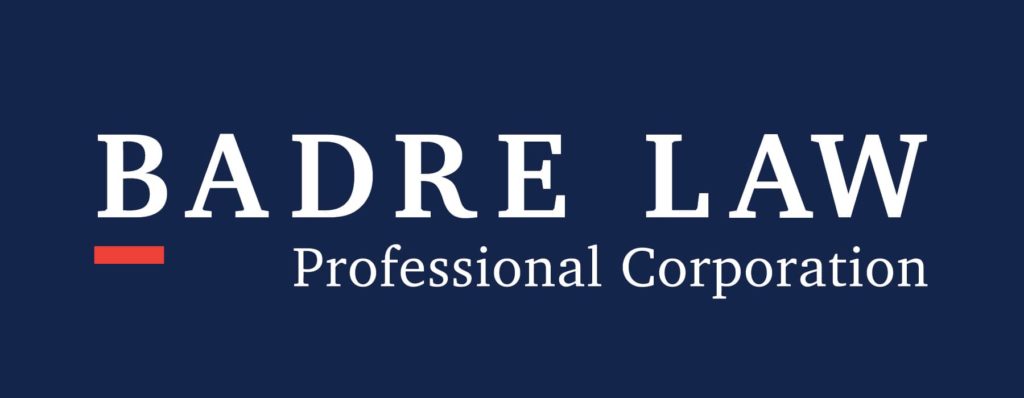What to do if you sustain a personal injury on public property.
In Ontario, property owners and occupiers have a legal obligation to ensure their private properties are safe and free of hazards that could injure someone. Property owners and occupiers can face injury liability if a visitor sustains an injury on the premises due to their negligence. So, what happens if you get hurt in a public space? Private parties can own public spaces, and so can the government.
Privately owned vs. government owned public spaces
To determine injury liability, you need to know whether a public space is privately owned or government-owned. Privately owned publicly-accessible areas include shopping malls, plazas in front of commercial buildings, and some gardens and pedestrian walkways. Government-owned public spaces include government buildings, parks and trails, libraries, post offices, and public housing.
Regardless of who owns the public space, the amount of compensation you may be eligible for is the same. However, it can be more challenging to prove negligence when the space is government-owned because the standards for proving liability are higher and more complicated. Regardless, just because it’s more difficult doesn’t mean it’s impossible. You should always consult a personal injury lawyer for advice, guidance, and questions you may have.
Injury liability and proving negligence
To receive compensation for any personal injury damages, you must be able to prove negligence. For example, if you slip and fall on government property, you would have to prove that you fell because they neglected to maintain it.
There are four elements of negligence:
- Duty of care: It is the legal duty of a property owner to maintain the property to minimize any possible dangers to others.
- Breach: The property owner failed to take the necessary steps and precautions to maintain the property, therefore, breaching their duty of care.
- Causation: Their negligence in maintaining the property resulted in an otherwise avoidable or preventable injury.
- Damages: Proof of the injuries sustained due to negligence.
When it comes to government-owned public space injury liability, you must also be able to prove that:
- The property is – in fact – owned and maintained by the government agency
- The injury is not a result of misconduct or illegal activity
- The government or municipality chose not to maintain the property despite knowing about or being informed of possible hazards and dangerous conditions
Hiring an experienced personal injury lawyer is crucial
Determining Injury liability for personal injuries in public spaces can be tricky, especially when the government is involved. It’s a daunting and intimidating process and very well impossible to resolve without legal representation. Please leave it to the professionals; an experienced personal injury lawyer will have all of the necessary resources and knowledge to determine the best plan of action for your case.
It’s important to pursue a personal injury claim after a public property injury. Compensation for damages can help alleviate financial burdens from medical expenses, lost wages, and other treatments. Additionally, property owners must be held responsible for their negligence to protect the safety of others.

